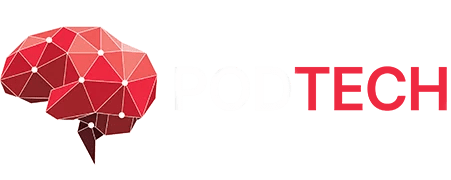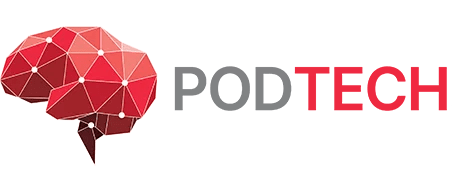Software piracy is the unlawful use/copy of software in a way that is outside the official documentation of a software. It can also be seen as the illegal act of stealing software that is legally protected whether intentionally done or not.
The act of software piracy is committed by a mind-boggling cross section of the society and could include but not limited to activities such as installing a single-use license software on multiple computers, buying pirated copies of a piece of software etc.
Types of Software Piracy
- End-User Piracy: this is a type of software piracy that occurs when a single user licensed software program is used on multiple computers.
- Internet/Online Piracy: this is when illegal software is sold, shared or acquired by means of the Internet. These online sources are not official websites for these software programs and they usually include sites offering free software downloads to users in exchange for other software, auction sites that sell outdated or counterfeit software and peer-to-peer networks.
- Hard Disk Loading: this is a type of software piracy that usually happens in a hardware dealers’ store where a dealer buys a legal version of a software and then installs unauthorized copies of software onto the hard disks of any computers for resale purposes.
- Client-Server Overuse: this occurs when the number of users who are using a particular software exceeds the number of licenses a company has for it. This often happens when businesses download the software on a local area network for all employees to use.
- Counterfeiting: Counterfeiting happens when software is illegally duplicated and sold with the appearance of authenticity. These software are sold alongside its duplicated license agreements manuals, registration cards and security features. This is one of the major challenge software developers face because most of these counterfeiters are so skilled at producing products that closely resemble the original ones.
- Softlifting: this is the most common type of software piracy. Softlifting means sharing a software in a manner that is outside its licensed agreement. For example, when someone purchases one version of a software and transfers it onto multiple computers, even though the software license states it should only be downloaded once.
Dangers of Software Piracy
Although software piracy causes serious problems that hinder the success of the software industry nationwide and globally, and pirates gain effortless benefits from the sale of pirated software, the end users of pirated software stand risk of different types of danger including:
- Increased chances that the software product will fail or malfunction.
- No warranty of the product.
- Risk of security issues.
- Legal repercussions due to copyright infringement.
- No upgrade and improvement in features and functionality.
- High risk of virus and malware infection to the computer.
4 Basic Practices of Software Piracy Prevention
It is a known fact that piracy of software products is a major issue affecting organizations and developers alike which has raised the need for companies to implement anti-piracy protection systems on their software-based products. Below are some of the solutions/suggestions that can help in reducing/ preventing software piracy:
- Legal protection: End-User License Agreement (EULA) is a license agreement which is mostly used for software product to protect its legality. It is a contract between the manufacturer and the end-user which is design to make the end users aware of the fact that making unauthorized copies is against the law.
- Product key: this is also known as activation key or software key, consisting of a series of numbers and/or letters to certify that a copy of software is original. A product key ensures that only one user can use the software per purchase.
- Tamper proofing: these are measures put in place to make a software product difficult or hard for an attacker to modify. These could include built-in protocols that cause a program to shut down or stop working if the source code is modified.
- Watermarking: this is an established technique for marking property such that counterfeit goods are detectable. This involve placing watermarks, company logos, or names on software interfaces to indicate that products are legitimate and are not illegal copies.
Conclusion
Although software piracy may make the pirated software available at a cheaper price, users should be aware of its bad effects on the system, data, security point of view as well as the strict consequences for offenders breaking the law.
Likewise, companies, business organizations or individuals who are looking out to develop one or more software product should bear in mind the issue of piracy and make efforts to leverage piracy-proof expertise from software companies like PODTECH to ensure safe and profitable software product delivery.


